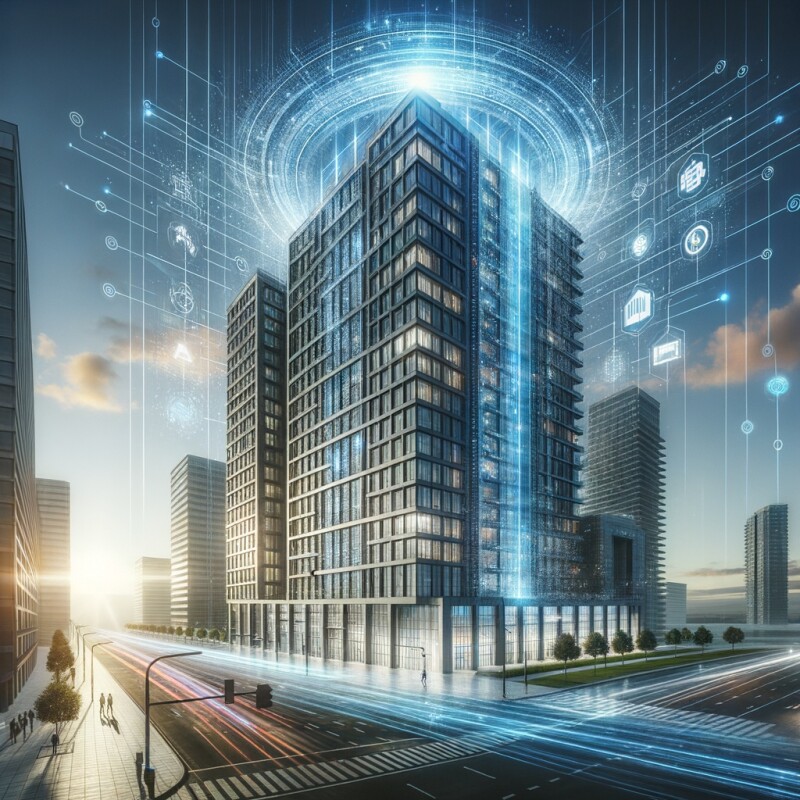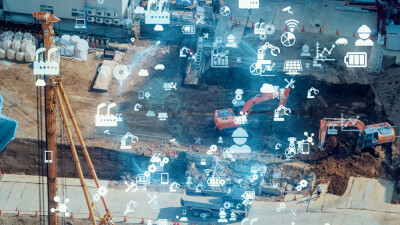One of the things that stands out the most as someone covering the tech space is how quickly hype cycles move, and how responsive companies within these industries are to the shifts. Seemingly in the literal blink of an eye, everyone often appears to be on the same page about which technology is in, and which is out. Looking at the tech industry broadly, the most obvious recent example is the metaverse, which went from being the reason one of the world’s biggest companies changed its name to an afterthought – at least publicly – at a rapid speed.
Of course, we know that the public-facing comments about what companies are putting their efforts toward doesn’t totally reflect what’s actually being worked on internally. There are plenty of reasons for that, with investment probably ranking at the top. The “hottest” technology is going to attract the most external funding, so of course companies will highlight their work in that area. In the case of our industry, looking at the intersection of geospatial tools and the built environment, this distinction has struck me of late in the conversations around digital twins and artificial intelligence.
To reiterate: Of course digital twins are still a big focus for many companies in the industry, and there is still talk of their potential in the future. However, given all of the hype and excitement around AI in the wider economy today, geospatial and AEC companies would be doing themselves a disservice to not make it central to their communications right now. From the outside, though, what really stands out here is that these two technologies are extremely complementary, and the current boom in AI should ultimately serve to move the digital twin space forward at a rapid pace.
Let’s first think about what exactly a digital twin is, which, as we’ve talked about before, is a more complicated question than one might immediately think. For our purposes, we’re going to define it as a digital representation of a physical entity (anything from an object, to a building, to a campus, to a city, to an entire nation), often shown as a 3D model but not necessarily, and which contains some degree of real-time data being fed into it. It’s that last piece which serves as the key to both differentiating these from BIM models and other 3D models, and also to the connection with AI.

This goes back to what makes geospatial work in general such a great industry to show the capabilities of AI, and why it’s been utilizing the technology since long before this recent hype cycle began. It’s all about the vast amounts of data. With digital twins, it’s not just a lot of data, but an ever-growing stream of data coming from real-time sources. If, say, a facility manager is relying just on human workers to monitor this data, things are going to get missed. Systems employing artificial intelligence to monitor for anomalies in the data – which can in turn be checked by human workers – is really the only feasible way for these workflows to be effective. That only becomes more true when whatever is being represented by the digital twin grows in scale, which is becoming increasingly common as city and national governments work to digitize their domains.
Although so much of the mainstream focus around AI is directed towards the generative tools, such as ChatGPT, as well as the emerging image and video generators, all types of artificial intelligence are receiving attention from venture capitalists and other investors. That means these types of established capabilities for digital twins should only continue to improve, and in rapid fashion. Whether that means faster processes, more accurate work, or even brand new capabilities, funding should open up whole new worlds for these AI-enabled workflows around digital twins. And of course, more simulation possibilities should open up as AI continues to improve.
On top of that, the specific boom around generative AI can have an impact on this space as well. I have yet to really see this leveraged in a big way (which is not to say it doesn’t exist), but it’s not difficult to see how these generative tools can be used for digital twins. On the model creation side, some of the image creators out there can help fill gaps in certain cases, such as new buildings or developments being added into a city’s existing digital twin. In gathering insights from data, too, one could envision a world where users could simply enter a text-based query and immediately get all of the data they’re looking for with one click of the keyboard.
True digital twin workflows already start to feel like magic, having so much information at your fingertips and being able to test future processes digitally. For a long time, this was among the biggest buzzwords in our corner of the tech space. It’s still out there a bit, but it’s been replaced at least in part by the recent AI boom. The good news for everyone involved? These two technologies are extremely complementary, and while external focus on digital twins may have slightly waned, it will benefit from the tool by which it’s been temporarily replaced.




.jpg.small.400x400.jpg)

